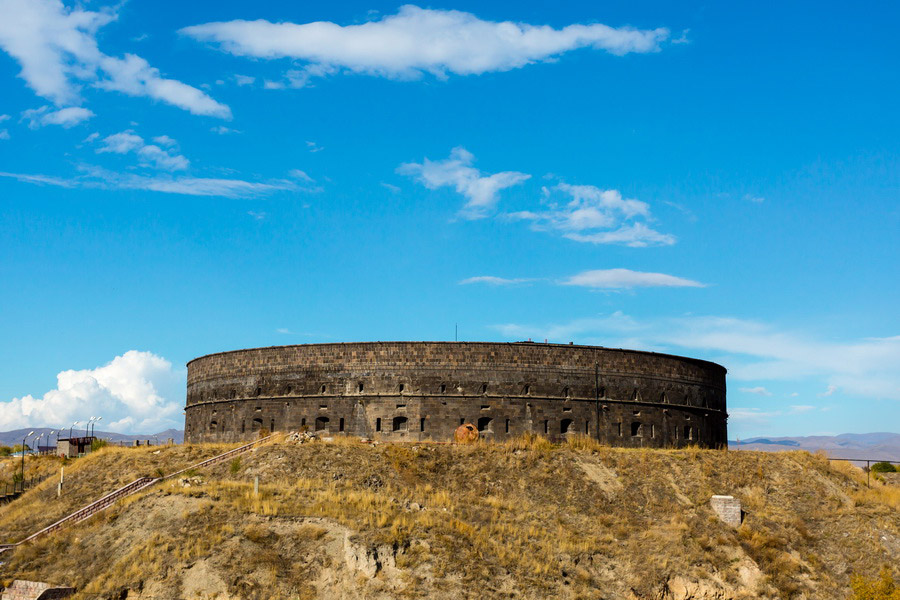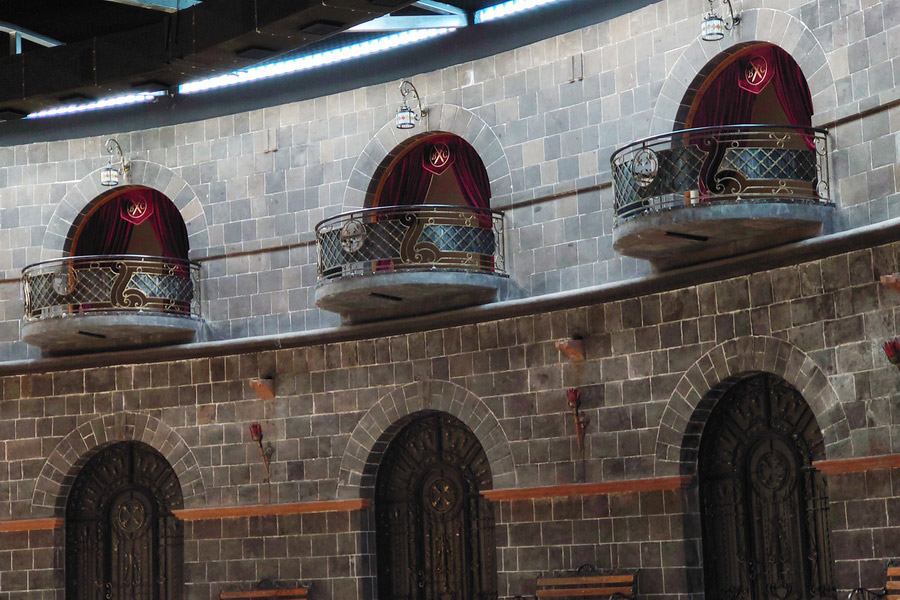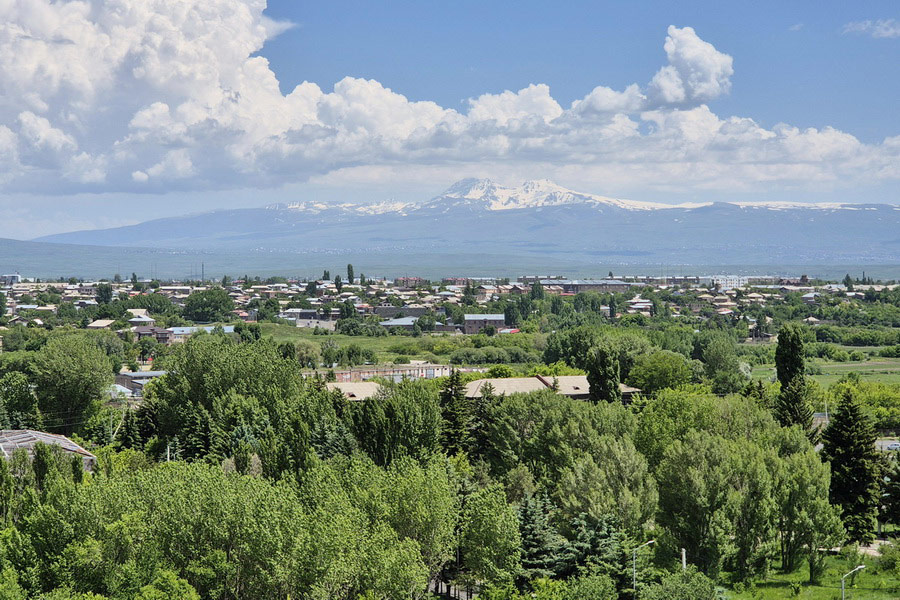
Black Fortress in Gyumri, Armenia, commonly called Sev Berd, is an impressively round fortress built out of a necessity to defend the land from the Turks in the early 19th century. Valued for its historical and cultural significance, the fort is included in the List of National Cultural Heritage Monuments of Armenia.
History of Black Fortress
Black Fortress was built in the 1830s when the need for a regional stronghold became apparent after the end of the second Russo-Persian War (1722-1723). Now under threat of war with Turkey, the Russian authorities focused their efforts on strengthening the city of Alexandropol, now called Gyumri. Hans Karl von Diebitsch, commander at the time of the Russian army operating in the Caucasus, wrote: "As we are under threat of a possible war with the Turks, it is necessary to build a fortress and to strengthen it as our most important military outpost".
Built just 8 kilometers from the Turkish border, Black Fortress was originally used as a military prison. After Russia gained ground in Kars and Batumi with the siege of additional forts in the late 19th century, Sev Berd was repurposed as a warehouse for artillery shells. Since the 1940s, the 102nd Russian Military Base (formerly known as the 102nd Soviet Military Base) has been located near the fortress. In 2005, businessman Hayk Hayrapetyan acquired the building from the Ministry of Defense of Armenia. After he died in 2012, the fortress was sold to the Balasanyan family. Reconstruction work is now being carried out on Black Fortress, with plans to turn it into a major selling point for Gyumri tourism.
Architecture

Black Fortress is perfectly round and is made of black tuff, from which it derived its name. Being a military complex, it had underground passages which once connected it to Red Fortress and the territory where the Mother Armenia Monument now stands. Its defense system included small concrete fortifications which served as artillery points and high, narrow crevices in the walls from which the army could open fire on its enemies. The fortress also had a drainage system that served to protect it from rainwater.

When you enter Sev Berd today, the first thing you will notice is a huge amphitheater which was reconstructed a few years ago and which now serves as the staging ground for several annual forums and concerts. From the hill on which Black Fortress in Gyumri stands, visitors can enjoy great views of the city, the Armenian-Turkish border and the surrounding mountainous landscape.

